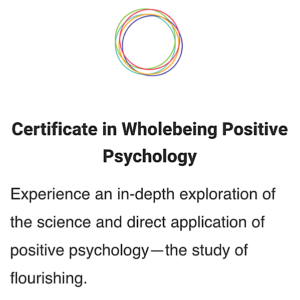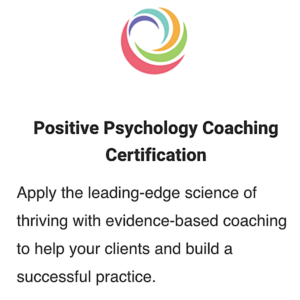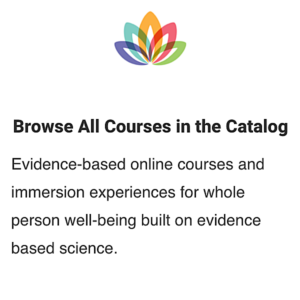by Elaine O’Brien
A three-way connection exists between music, motion and feelings. Music, melodies and rhythms can activate, motivate, energize, comfort, relax, and connect us. Being “moved” by music is a global and ancient tradition.
Daniel J. Levitin, a cognitive neuropsychologist and musician, discusses how music gives the brain opportunities to explore, exercise, and play, while training our physical, emotional, mental, and social muscles. He reveals that music is a core element of our identity as a species. Think about a lullaby, a Haka, a fight song, a dirge, a military or wedding march. Music moves us in many different ways. Quite literally, music moves us physically, rhythmically, physiologically, cognitively, and emotionally.
Music also has the potential to stimulate working memory, affective responses, and our cognitive ability. Research has demonstrated that music strengthens the brain’s executive function, a vital set of skills that protects memories and inhibits poor decisions while encouraging good life choices. Executive function is imperative to reducing mental decline at any age. It’s never too late to start building awareness and habits to improve our hearts, bodies and minds.
Music can also enhance performance in exercise, sport, dance, and at play. It can actually refine movement skills by improving your timing, coordination, and rhythm. Musical tempo and beat have been shown to have a motivating effect and can influence the effects of our physical performance. It can boost our stamina and recovery times.
Music helps predict choreography, boost positive emotions, and up the fun factor. In my community rhythmic exercise program, FitDance, I play a variety of upbeat, eclectic music in order to offer a chance for greater resonance and enjoyment. In my research and professional practice designing and implementing FitDance, music was found to be very important to exercise motivation, performance, and adherence.
Along with positive group identity formation and identification, there are feelings of belonging within the FitDance group that are primed by the music. Group dance/fitness programs can be antidotes for loneliness. Here are comments from FitDance participants:
“The class is fun and I know it is good for my brain. I love it, the social component, and wish everyone my age (70s) could enjoy it; I see many people who get depressed, and wish they understood the value of physical activity, moving and music.”
“I love to dance, and that’s why I enjoy the class, because of the music. I think if I were just as one of those people going on machines, and there’s perhaps background music … They’re not really moving according to the music. And if I start to feel tired, I hear the music that I enjoy, and it really keeps me going. The music is very important.”
The interplay of exercise and music is fascinating and it overlaps into multiple areas, from physiology to biomechanics to neurology. It is music’s potential to distract attention (a psychological effect) while simultaneously improving the heart and the muscles (physiological impacts) that makes it so effective during everyday exercise. It’s not simply that music motivates you, and you run faster. It may be that, instead, your body first responds to the beat and rhythm, even before your mind joins in; your heart rate and breathing increase, and the resulting biochemical reactions join with the music to exhilarate and motivate you to move accordingly. Adding enjoyable tunes to your day might sound the right note, help protect your well-being, and lift your spirits.
Here are some ways you can apply music to enhance your performance and well-being:
- Find the sweet spot: Music that drives and increases your effort; listening to faster music (subjectivity) raises intensity/work (but not too fast)
- Memories of music from our heyday make us feel, act, and appear “younger” (see Ellen Langer’s Counterclockwise experiment)
- Rhythms help us with pacing
- Music can lift us up and improve our mood
- Music makes you want to move
- Moving together to music is very powerful, and creates a feeling of being bigger than who we are as individuals—behavioral synchrony and communitas.
For more information, read my article “American Roots Music: Building Positive Communities Through Music Appreciation”; review my research on this topic published in the Journal of Women and Therapy; and read Daniel Levitin’s The World in Six Songs, How the Musical Brain Created Human Nature.
Elaine O’Brien, PhD, MAPP, CAPP, is a forerunner in the fields of applied positive psychology, Whole Fitness, and positive aging. An internationally acclaimed speaker and author, Elaine has presented at the 2016 American Psychological Association Conference, in Denver, Colorado; the first China Positive Psychology Conference in Beijing; and the Canada and European Positive Psychology Conferences. Elaine is creative director and CEO of Lifestyle Medicine Coaching and Training, LLC, a consultancy, and FitDance: Move2Love training and presentations for whole health and optimal performance. Her doctorate in Kinesiology: Psychology of Human Movement and her Masters of Applied Positive Psychology, from the University of Pennsylvania, align with her background, early vision, and dedication to promoting positive public health, well-being, and social justice for the greater good.


 Elaine O’Brien, PhD, MAPP, CAPP, is a forerunner in the fields of applied positive psychology, Whole Fitness, and positive aging. An internationally acclaimed speaker and author, Elaine has presented at the 2016 American Psychological Association Conference, in Denver, Colorado; the first China Positive Psychology Conference in Beijing; and the Canada and European Positive Psychology Conferences. Elaine is creative director and CEO of Lifestyle Medicine Coaching and Training, LLC, a consultancy, and FitDance: Move2Love training and presentations for whole health and optimal performance. Her doctorate in Kinesiology: Psychology of Human Movement and her Masters of Applied Positive Psychology, from the University of Pennsylvania, align with her background, early vision, and dedication to promoting positive public health, well-being, and social justice for the greater good.
Elaine O’Brien, PhD, MAPP, CAPP, is a forerunner in the fields of applied positive psychology, Whole Fitness, and positive aging. An internationally acclaimed speaker and author, Elaine has presented at the 2016 American Psychological Association Conference, in Denver, Colorado; the first China Positive Psychology Conference in Beijing; and the Canada and European Positive Psychology Conferences. Elaine is creative director and CEO of Lifestyle Medicine Coaching and Training, LLC, a consultancy, and FitDance: Move2Love training and presentations for whole health and optimal performance. Her doctorate in Kinesiology: Psychology of Human Movement and her Masters of Applied Positive Psychology, from the University of Pennsylvania, align with her background, early vision, and dedication to promoting positive public health, well-being, and social justice for the greater good. 


